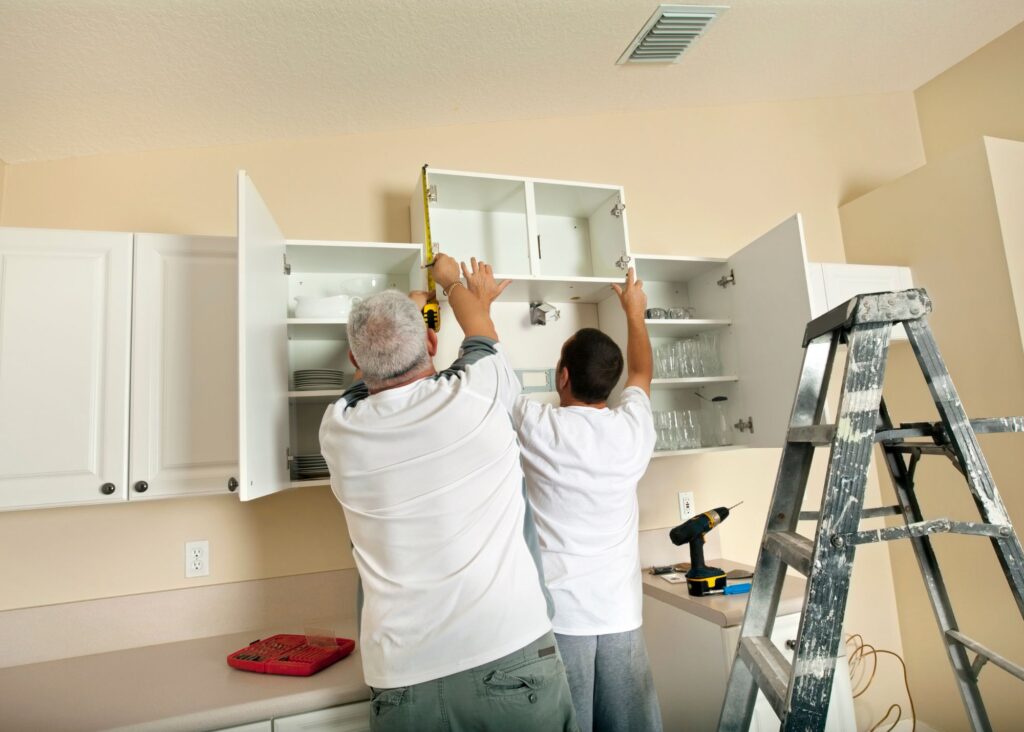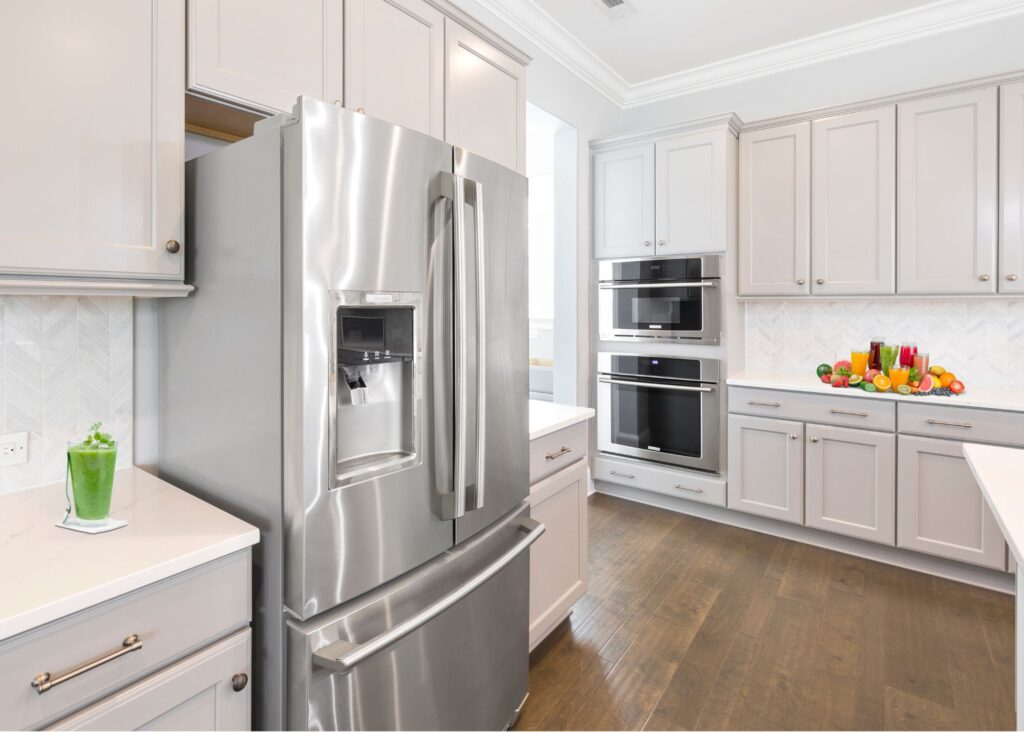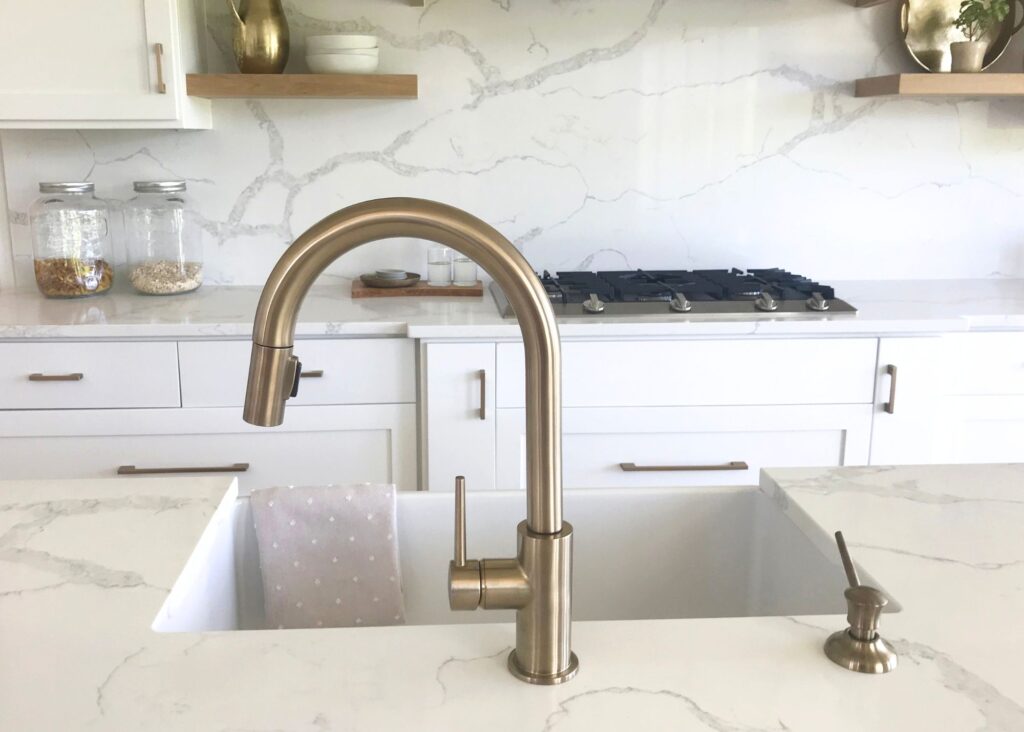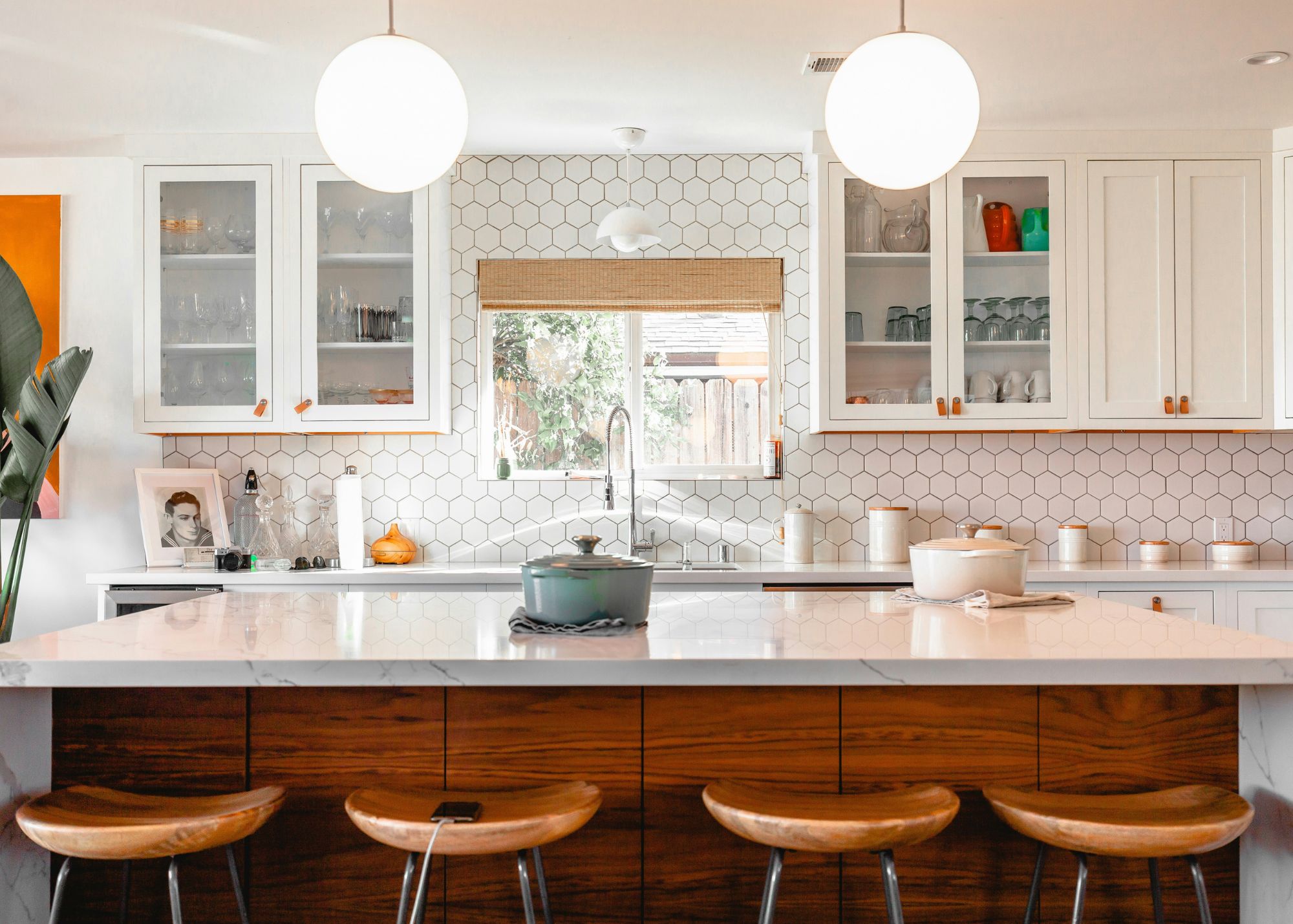The return on investment (ROI) for a kitchen renovation can vary depending on various factors such as the extent of the renovation, the local real estate market, and the quality of materials and workmanship. In general, kitchen renovations have the potential to provide a good return on investment, as the kitchen is often considered a focal point of a home and can significantly impact its overall value.
According to Remodeling Magazine’s “Cost vs. Value” report, the national average ROI for a mid-range kitchen remodel was around 72% in the United States. This means that, on average, homeowners recouped about 72% of the cost of the renovation when they sold their homes.
However, it’s important to note that ROI can vary regionally, and high-end renovations may not always yield as high a percentage of return as mid-range projects. Additionally, individual circumstances and real estate market conditions play a significant role in determining the actual ROI.
When considering a kitchen renovation, it’s advisable to carefully assess your budget, local market conditions, and your specific goals for the renovation. While a kitchen renovation can enhance your enjoyment of the space, it’s wise to be mindful of your property’s overall value and the potential resale value if you plan to sell in the future. Consulting with local real estate professionals or appraisers may provide more specific insights into the potential ROI for your particular circumstances.

The return on investment (ROI) for a kitchen renovation is influenced by various factors, including the type and extent of the remodel. There are different types of kitchen remodels, each with its own cost range and potential ROI:
Minor Kitchen Remodel: (See example here)
- In a minor remodel, you work with the existing kitchen without major structural changes.
- This might involve replacing cabinet fronts, upgrading countertops, adding new hardware, and refreshing the space.
- The cost falls under the “midrange” category
Major Kitchen Remodel:
- Midrange: Involves overhauling the entire kitchen, including layout changes, adding an island, upgrading appliances, and improving functionality.
- Upscale: Similar to midrange, but with higher-quality finishes like custom cabinetry, stone countertops, and top-of-the-line appliances.
Factors influencing ROI include:
- Home Value: Consider your home’s price point. Installing professional-grade appliances in a modestly priced home may not yield the best ROI.
- Local Market: Understand buyer preferences in your area. Are brand-new kitchens in demand?
- Budget: Determine how much you can invest without significantly impacting your home equity.

ROI estimates for different types of kitchen upgrades:
Mid-Range Kitchen Upgrade:
- Cost: Typically $35,000 to $50,000.
- Value Increase: Adds $20,000 to $40,000 to your home.
- Approximate ROI: About 57% recovered cost.
Minor Kitchen Upgrade: Recoups roughly 78% of the cost.
Larger Projects: ROI is usually around 59%.
Upscale Remodels: ROI falls within the range of 52.5% to 71.2%.

Tips to boost ROI include:
- Match Appliances: Coordinating appliance colors are better than mismatched ones.
- Replace dated countertops: Consider quartz or quartzite and a modern edge.
- Refinish or Paint Cabinets: A cost-effective alternative to complete cabinet replacement.
- Replace the Sink: Consider updating the sink and faucet.
- Replace the lightbulbs: If they are too yellow, replace the LED can lights. Grab your FREE guide here
If you are ready to give your kitchen a facelift, book your appointment today!





